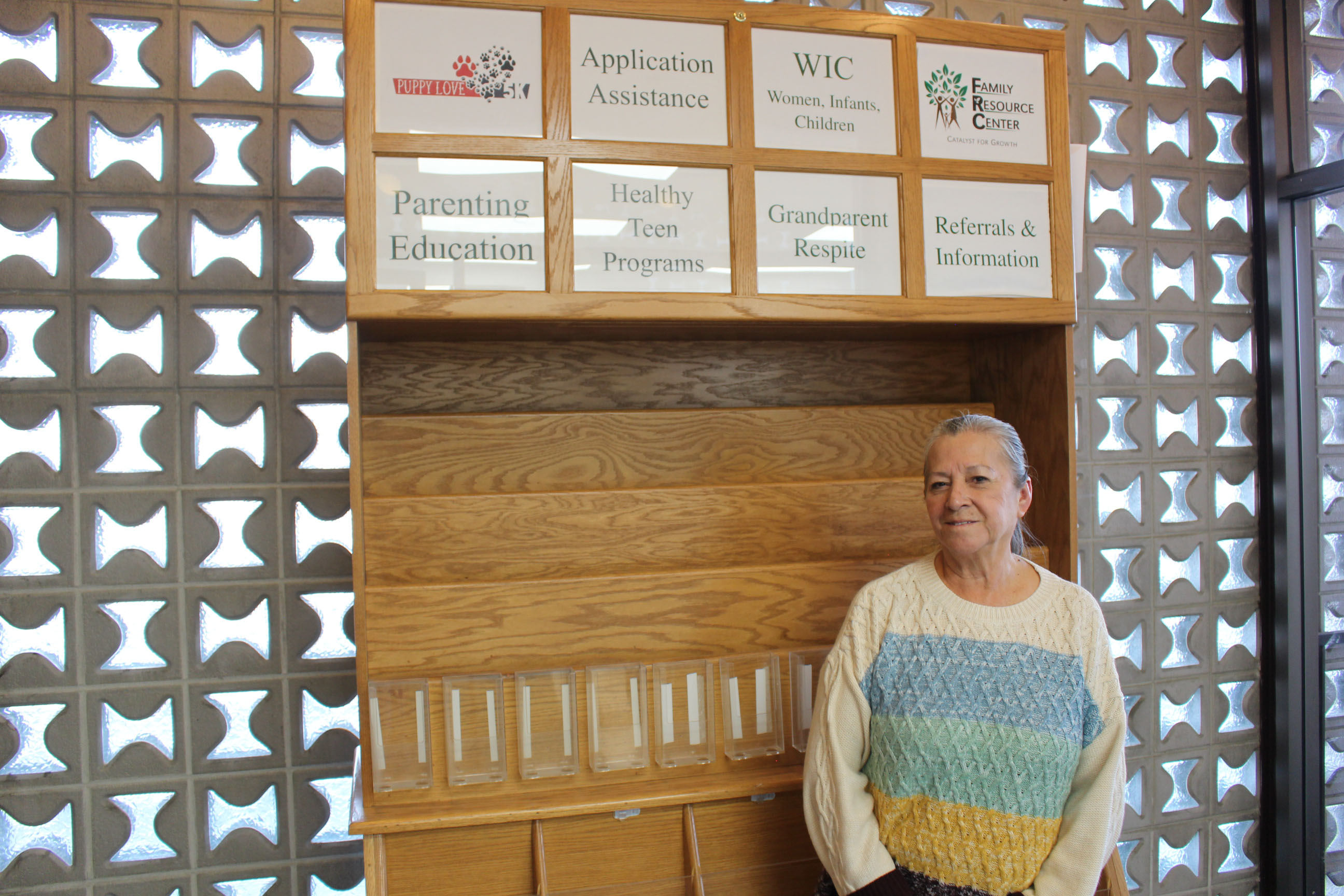Eloisa Mendoza has spent 18 years helping people who aren’t fluent in English navigate complex legal documents. She guides them through stressful events and accompanying dense paperwork, such as citizenship applications, divorces, and birth certificate translations.
Mendoza works in Elko, Nevada, situated in a remote region in the state’s northeastern corner. Her work has become increasingly important as the town’s Hispanic or Latino population has grown to about 26%. The share of people age 5 or older who speak a language other than English at home increased to 18% as of 2022, while Spanish is the language spoken in nearly 15% of households.
Despite rising demand for local rural governments to communicate with residents in languages other than English, state lawmakers in Nevada left out smaller counties from a recently enacted statewide language-access law. More state and local governments have enacted similar measures during the past few years, but they’re mostly concentrated in urban or suburban jurisdictions.
Rural America is largely white and predominantly English-speaking but has rapidly grown more diverse. Implementing state and local language-access laws, however, is a challenge, researchers say, given standards can vary across state agencies and localities, making it difficult to ensure high-quality assistance is provided to speakers of various non-English languages. Not providing language access to people who need it is not only a violation of civil rights protected by Title VI of the Civil Rights Act, but it also can create public health and safety concerns, said Jake Hofstetter, a policy analyst for the Migration Policy Institute, a think tank focused on immigration policy and research.
While language access is a federal protection, 11 states and Washington, D.C., have created broad policies targeted to their populations. And some states have laws targeting specific sectors, such as education or health care. Other language-access laws have taken root in such municipalities as Austin, Texas; Philadelphia; and Portland, Maine.

At the height of the covid-19 pandemic, state and local governments lacking strong language-access systems struggled to communicate vital public health information to diverse communities. An analysis of covid information posted on health department websites of the 10 most populous U.S. cities found it was not fully provided in Spanish.
The number of white residents in rural parts of the nation decreased by about 2 million from 2010 to 2020, according to an analysis by the Carsey School of Public Policy at the University of New Hampshire. And the percentage of people who are members of a racial or ethnic minority living in rural areas increased from 20% in 2010 to 24% in 2020, with the largest share being Hispanic.
As of 2021, 25 million people age 5 or older in the U.S. had limited English proficiency, of whom nearly two-thirds were Hispanic, according to KFF, a health information nonprofit that includes KFF Health News, the publisher of California Healthline. Nevada is one of nine states where at least 10% of people have limited English proficiency.
According to a 2023 KFF-Los Angeles Times survey of immigrants, about 31% with limited English proficiency said they faced language barriers when trying to access health care. A quarter said they struggled to apply for government financial help with food, housing, or health coverage. And immigrants limited in their ability to speak English were twice as likely to be uninsured as immigrants who were proficient in English, and they had worse health outcomes.
Since the pandemic emergency ended, Hofstetter has seen a significant number of state policies addressing language access, he said, but he doesn’t see many local policies that focus on the issue in rural areas.
Hofstetter said Nevada’s most recent law on language access, approved in 2023, is unique in that it specifically identifies and requires the state’s most populous counties — Clark and Washoe — to create and implement language-access plans. A separate bill, also approved last year, appropriated $25 million to agencies for implementing language access plans.
Democratic state Sen. Edgar Flores, who represents part of Clark County and was a cosponsor on the most recent language-access law, said lawmakers have faced pushback from state agencies for various attempts at strengthening requirements to provide information and documents in languages other than English. He said officials cite limited staffing and funding.
“I think, unfortunately, our rural jurisdictions are already incredibly limited with resources and, at the time of this request, there was a concern that they were not in a position to meet the requirements,” Flores said. “That’s the bottom line.”
He said that while some agencies and jurisdictions had created language-access plans in past years, legislators found they were not always implemented and enforced. For this reason, Flores said, lawmakers decided it would be better to focus on the state’s two largest counties first while they work toward expanding policies to “every ZIP code, every agency.”
“We have folks from all walks of life who have now made Nevada their home,” Flores said. “We have an obligation to them.”

People living in rural areas may still benefit from a patchwork of resources through state agencies that provide services in their counties or local programs that are required to address language access because of federal funding.
But gaps in the framework of federal, state, and local protections exist nationwide, Hofstetter said.
The degree to which local governments offer communications in languages other than English varies for several reasons, including enforcement of civil rights protections. That enforcement relies on civil rights complaints, which often must be filed by residents who may not know their rights related to language access, Hofstetter said.
Community members may also face resistance from local leaders on expanding access to services and information in other languages. In 2018, Mendoza supported offering ballots in Elko County in Spanish as well as English. County commissioners, three of whom are still on the board, unanimously voted to recommend the county clerk delay offering bilingual ballots as long as possible after questioning census demographic data and stating they didn’t have funding to translate the ballots.
Having access to ballots in their preferred language helps voters better understand initiatives affecting them, many of which are health-related, such as a Nov. 5 ballot question that asked voters to weigh in on whether to enshrine a right to abortion within the state’s constitution. The measure passed with 64% of voters in favor and needs to be approved once more in 2026 to be implemented.
The Nevada Legislature convenes again in February, and Flores said he’s certain there will be at least one language-access bill. Hofstetter said he anticipates more state and local policies addressing the issue within the next few years.
“I would imagine that that’s going to include some rural areas,” he said.
This article was produced by KFF Health News, a national newsroom that produces in-depth journalism about health issues and is one of the core operating programs at KFF — the independent source for health policy research, polling, and journalism.



